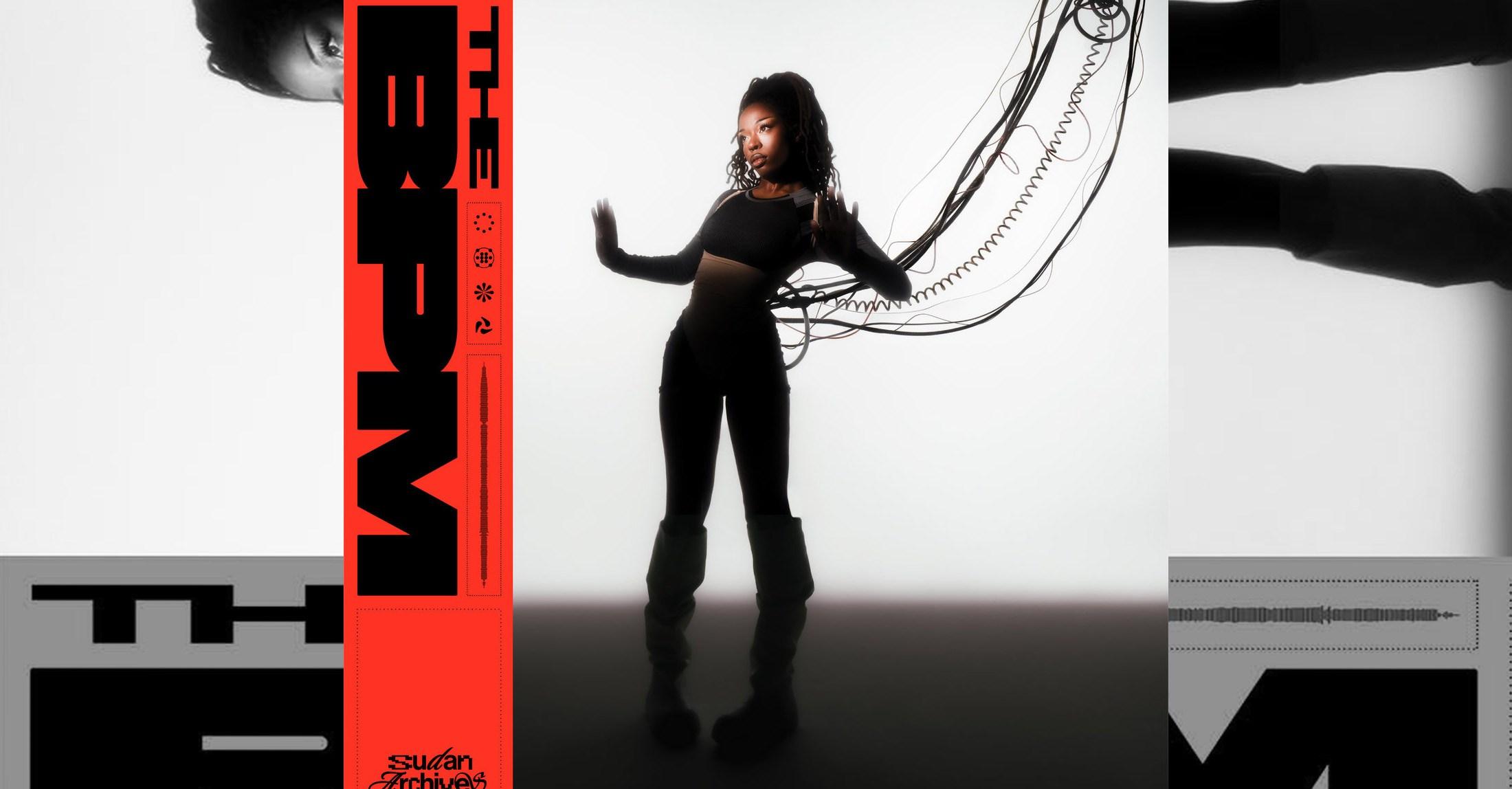A research team at Stanford is developing a new AI-assisted holographic imaging technology it claims is thinner, lighter, and higher quality than anything its researchers have seen. Could it take augmented reality (AR) headsets to the next level?
- Home
- Technology
- News
Did Stanford just prototype the future of AR glasses?
A Stanford research team developed full-color 3D augmented reality tech. The AR prototype can project content at different depths using a special waveguide.


For now, the lab version has an anemic field of view — just 11.7 degrees in the lab, far smaller than a Magic Leap 2 or even a Microsoft HoloLens.
But Stanford’s Computational Imaging Lab has an entire page with visual aid after visual aid that suggests it could be onto something special: a thinner stack of holographic components that could nearly fit into standard glasses frames, and be trained to project realistic, full-color, moving 3D images that appear at varying depths.
Like other AR eyeglasses, they use waveguides, which are a component that guides light through glasses and into the wearer’s eyes. But researchers say they’ve developed a unique “nanophotonic metasurface waveguide” that can “eliminate the need for bulky collimation optics,” and a “learned physical waveguide model” that uses AI algorithms to drastically improve image quality. The study says the models “are automatically calibrated using camera feedback”.
Although the Stanford tech is currently just a prototype, with working models that appear to be attached to a bench and 3D-printed frames, the researchers are looking to disrupt the current spatial computing market that also includes bulky passthrough mixed reality headsets like Apple’s Vision Pro, Meta’s Quest 3, and others.
Postdoctoral researcher Gun-Yeal Lee, who helped write the paper published in Nature, says there’s no other AR system that compares both in capability and compactness.
Companies like Meta have spent billions buying and building AR glasses technology, in the hopes of eventually producing a “holy grail” product the size and shape of normal glasses. Currently, Meta’s Ray-Bans have no on-board display, but the leaked Meta hardware roadmap we obtained last year showed a 2027 target date for Meta’s first true AR glasses.

Gold prices surge, silver hits historic high in Pakistan
- 13 hours ago

Many games from The Game Awards are now on sale
- 16 hours ago
India summons Bangladesh envoy over security concerns in Dhaka
- 12 hours ago
NDMA dispatches 27th aid consignment for Palestinians
- 11 hours ago
Pakistan Navy launches fourth Hangor Class submarine 'Ghazi' in China
- 8 hours ago

Met Office forecast rain, snowfall from Dec 20
- 9 hours ago

Tremors felt in Balochistan's Barkhan district
- 12 hours ago
Marko: Verstappen would've won if Horner left earlier
- 13 hours ago

You need to listen to Sudan Archives’ violin opus for the club
- 44 minutes ago
Pakistan, Russia express desire to develop mutual cooperation
- 13 hours ago

Inside the high drama of the iPhone 4
- 44 minutes ago

NFL Week 16 odds: Eagles can clinch NFC East with win vs. Commanders
- 13 hours ago

:format(webp)/cdn.vox-cdn.com/uploads/chorus_asset/file/25441254/41586_2024_7386_Fig1_HTML.jpg)
:no_upscale():format(webp)/cdn.vox-cdn.com/uploads/chorus_asset/file/25441262/ARglasses_lowrescompressed_3D_AR_video_hologram.gif)






